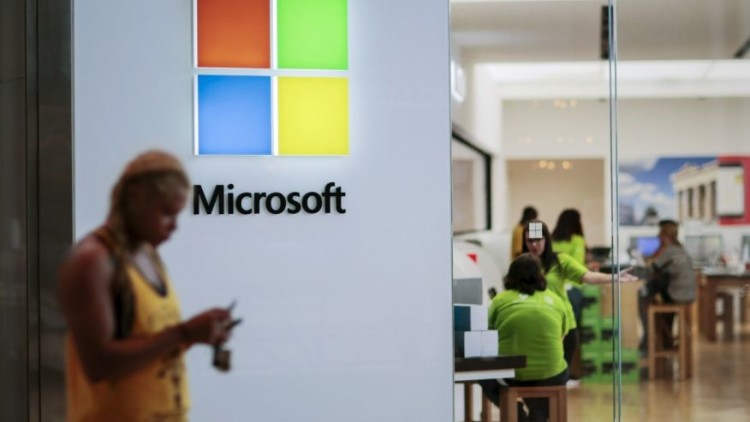
Microsoft’s Lumia 950 and 950 XL have only been out for about a month, but those handsets may only be a stepping stone to the next big thing for Windows 10 phones.
On episode 445 of This Week in Tech’s Windows Weekly podcast, Microsoft executive vice president and chief marketing officer Chris Capossela revealed that Microsoft is hard at work producing a “breakthrough” smartphone that is the spiritual equivalent of what its Surface is for laptops. This new product will be separate from Microsoft’s existing line of Lumia products, although Capossela refrained from identifying the new device as part of the Surface line either.
This development suggests that Microsoft may be looking to further blur the lines between Windows 10 on phones and PCs by offering a hybrid device that can truly serve a primary computing device when you’re at your desk, while also offering a more robust productivity environment when you’re on-the-go.
Currently, with the help of a dock, the Continuum feature on Microsoft’s Lumia 950 and 950 XL can create a desktop-like experience when connected to an external monitor and peripherals. This includes a task bar running across the bottom of screen, mouse recognition and support for a lot of the keyboard shortcut and commands PCs users are familiar with. But to call it a full Windows environment is a bit of a stretch.
Continuum’s range of supported apps is limited to some of Microsoft’s wares (such as Word and Excel) and some major staples like Facebook and Google Docs. Other big-name apps, such as Netflix and Twitter, didn’t work on the big screen. Also, Multitasking with Continuum isn’t quite the same as on a real PC, as you are limited to one app at a time, and many apps that do work aren’t really optimized for a big desktop display.
The Surface line of hybrids redefined what a tablet can do, and from the sound of it, this new Surface-inspired phone may be the catalyst Microsoft needs to become a real player in the mobile space. Unfortunately, Capossela was mum on when we this device will be released. Instead, he asked for patience, saying that Microsoft needed time to take the idea from concept to reality.